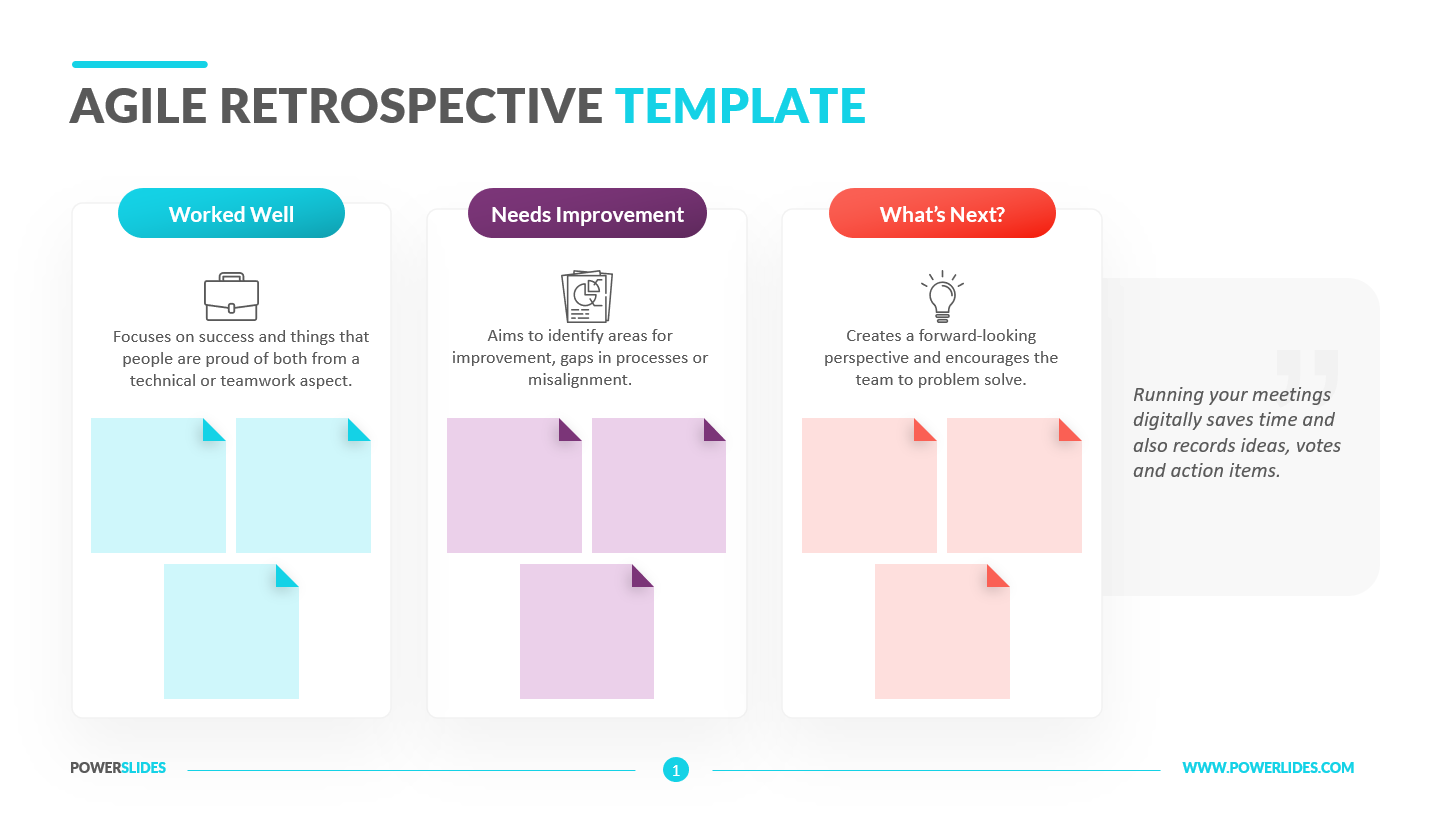

While the agendas for sprint retrospective meetings can vary, they generally cover these common steps: The Scrum Master can facilitate this process by asking attendees to call out ideas during the Scrum, or they can go around the room and get feedback on what to start, stop, and continue in a more orderly fashion, person by person. Each development team member is asked to identify the things the team should start doing, the ones they should stop doing, and the things they should continue doing. One of the most common is using a start-stop-continue approach. There are many ways to run a sprint retrospective. Webinar: What's Keeping Marketers From Going Agile? They participate in the Sprint review meeting instead, where the Scrum team shows what they accomplished during the sprint, often including product demos.ĭatasheet: The Agile Marketing Cheat Sheet Stakeholders and managers who are not directly part of the team usually don’t come to a Scrum retrospective unless specifically invited.

The Scrum master is also the process coach for the Scrum team, pointing out when it is not adhering to an agreed-upon method of proceeding and providing ideas and expertise as needed. The Scrum Master facilitates the meeting and encourages the development team to improve its workflow practices within the Scrum process framework, so improvements can be enacted during the next sprint. Collectively, its members have a wide range of valuable perspectives for identifying process improvements from different points of view. The development team is everyone who is designing, building, and testing the product. The sprint retrospective team usually includes all development team members, the Scrum Master, and the product owner. But the whole team must have the same understanding of “done” to assess when work has met expected standards.Īs Scrum teams gain more experience, their definition of “done” will evolve, including more demanding criteria for higher-quality results. What work has been done well in this sprint?ĭuring each Agile sprint retrospective, the development team focuses on increasing product quality by improving work processes or adapting the definition of “done.” This definition may vary from Scrum team to Scrum team. It helps each Scrum team member to identify how they can improve the specific things they contributed to the sprint, asking: Scheduling a Scrum retrospective at the end of every sprint ensures that needed changes are understood and implemented before they are lost in the rush of new work. It allows development teams to adapt Scrum to their particular circumstances. Its purpose is to:Įxamine how the just-completed sprint went as far as people, relationships, processes, and tools.ĭo the same with things that didn’t go well.Ĭreate a plan for implementing improvements to the way the Scrum team accomplishes its work.Įverything that affects how the Scrum team develops the product is open to discussion and improvement, including processes, tools, artifacts, environment, and so on.

The Scrum sprint retrospective is a timeboxed meeting that takes place after the sprint review and before sprint planning. What is the purpose of a sprint retrospective? Whitepaper: Agile Marketing for Creative Teams
#Agile retrospective ideas how to#
Whitepaper: How to Become an Agile Agency So, it’s important for teams to consciously apply the lessons learned in each retrospective to upcoming sprints.

That said, continuous improvement requires continuous effort. Since the early 1990s, Scrum has been used to develop:Ĭontinuous, iterative improvement is a core goal in Scrum product management, and the Scrum retrospective meeting is an official opportunity to achieve this at defined, consistent intervals-when teams have wrapped up a sprint and have a space to reflect and improve how things are done. The Agile sprint retrospective is an essential part of the Scrum framework for developing, delivering, and managing complex projects. The sprint retrospective is a recurring meeting held at the end of a sprint used to discuss what went well during the previous sprint cycle and what can be improved for the next sprint.


 0 kommentar(er)
0 kommentar(er)
